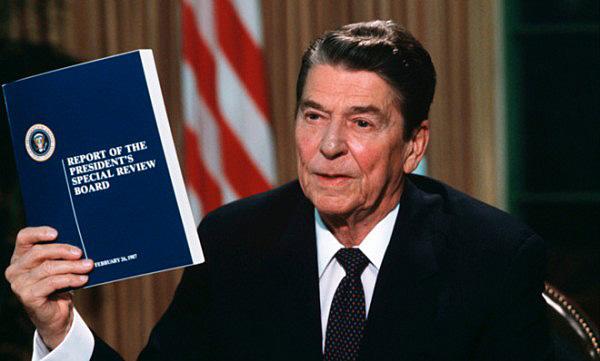November 25, 1986, started like hundreds of previous days in the U.S. White House. It was President Ronald Reagan's second term, one swamped with sensationalized news stories and controversy. Against this backdrop, President Reagan had always insisted he would not negotiate with terrorists. Yet, on November 13, 1986, the President appeared on National Television explaining his part in what would come to be known as the Iran-Contra Affair.
The Iran-Contra Affair
It was a set of events destined to happen. On October 5, 1986, Sandanista Rebels shot down a small cargo plane full of weapons and ammunition. Three of the four occupants died, but the fourth, an American, was captured by the Rebels. Two of the three that died were also Americans. It wasn't long before people started asking questions about the tragedy.
Less than a month later, a story broke in a Lebanese Newspaper about secret weapon shipments to Iran.
These two events, in countries thousands of miles away, were revealed to be connected on November 25 as Attorney General Edwin Meese revealed to the world the details of Colonel Oliver North's management of the connection. The next day President Reagan announced the formation of the Tower Commission to investigate how and why huge parts of the U.S. Intelligence Community broke the law.
We The People Find You…Not Guilty
In the coming weeks, the Reagan Administration had to explain why proceeds from weapons sales to Iran were being diverted into covert CIA operations to help a guerilla rebel group overthrow their government.
The President went on TV acknowledging responsibility but denying he knew anything about the payments or other details. Top members of the Security Council provided the White House and the President plausible deniability even as members of his Cabinet were charged and went to prison, only to be pardoned later by President Bush.

